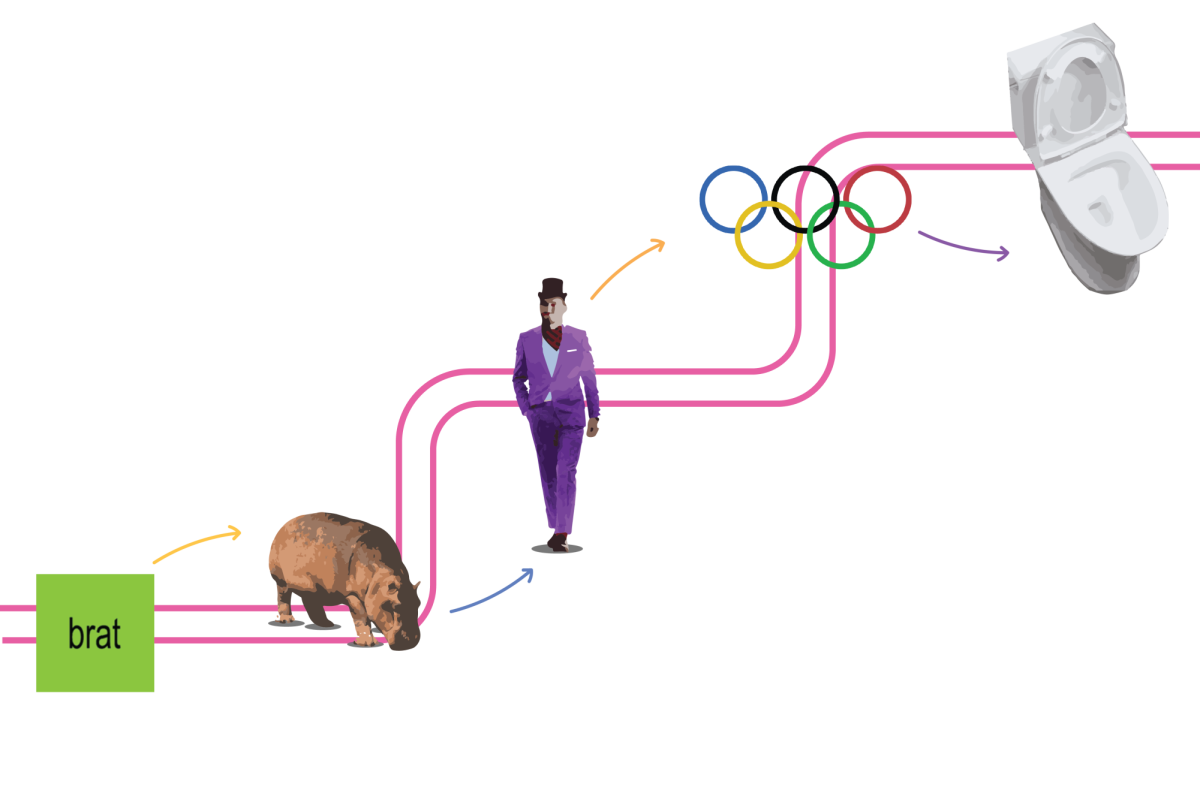In today’s world of senseless Snapchat streaks, staged Instagram posts and over analyzed read receipts, the line between virtual reality and reality is becoming increasingly blurred. If someone breaks a 200-day streak out of the blue, it must mean they want to break off the friendship. If someone doesn’t “like” your most recent picture, it must mean they dislike you. If someone takes two hours to respond to a risky text, it must mean they think you’re weird and have no interest in you.
Though technology brings people together and keeps them in contact, it also creates countless opportunities to jump to conclusions. This technology-induced miscommunication not only damages friendships, but it destroys our definition of healthy relationships and obstructs potential relationships.
The phrase “we’re talking,” which is heard all across campus, is just one example of how the average high schooler’s definition of relationships has gone askew. “We’re talking” is a description heard when a student is asked about the status of their blossoming relationship. The “we’re talking” stage is a pre-dating period that is most often characterized by frequent Snapchatting and texting but ironically, little to no actual conversation.
Face-to-face, real-life conversation seems to be relatively rare between two mutually interested teenagers. Though they text and Snapchat each other after school and over the weekend, they rarely interact in real life, both inside and outside of class.
Communicating through technology can be a red flag in a potential relationship. Though it’s probable that teens avoid in-person interaction out of fear, it can signal someone who is unable or unwilling to be a part of something more serious.
If a person only talks to someone over text and social media, it is possible that he or she doesn’t have any interest in taking the relationship any further. Perhaps he or she is not the dating type; maybe they would rather keep the other person as an option at arms-length. He or she might not even be truly interested.
However, the most likely reason for this predicament is fear, especially if he or she really seems to take an interest in the person. Talking to someone you like can be scary and awkward, so many teenagers shy away behind their security blanket: the cell-phone.
Interacting with a crush through texting or snapchatting serves as a comfortable, low-stakes safety net. It gives one time to think of the funniest, wittiest or cutest response. It allows a girl to obtain sometimes questionable advice from her posse. It is easy to hide feelings behind a cute, but meaningless, emoji or a half-hearted “LOL.”
Texting and Snapchat even makes rejection seem more bearable because of the casual and seemingly blasé nature of the safety net. Because it’s easier to make a move via cellphone, rejection may seem easier to swallow and almost fictitious, despite how real one wished the relationship to be.
This is the problem with “talking” through texts and Snapchats. It’s not real, so it can’t possibly result in or prepare one for a real-life, authentic relationship.
Dating is about connecting with another person. It involves getting to know his or her personality, passions, pet peeves and problems. It means enjoying another person’s company in not only organized activities, but in agendaless conversation.
Learning about these important aspects of a person through texts is extremely challenging, if not impossible. Text and Snapchat conversations tend to be shallow, calculated and meaningless. Difficulty understanding nuances of sarcasm and tone can even result in misunderstandings and hurting someone’s feelings.
Indeed, using the cell-phone security blanket to get to know a romantic interest means sacrificing learning about the most significant and important aspects of the person’s character. It simply doesn’t allow two people to enjoy each other’s company.
The result of this so-called “texting relationship” is an endless cycle of futile technological exchanges and nothing more. At the start, it may feel exciting and promising, but with time comes boredom. The relationship will eventually be given up, as there is nothing more to gain from the constant social media interactions.
This is the story of a propitious relationship marred by the fear of face-to-face interaction and the safety of the cell-phone security blanket. Two mutually attracted friends with plenty in common inevitably tire of the pointless texting and fruitless flirting. They grow apart, becoming mere acquaintances.
Of course, there is an alternate ending to this all too familiar tale. As Michael Scott of the hit NBC TV series “The Office” once said, “You miss 100 percent of the shots you don’t take. – Wayne Gretzky.”
Granted, putting oneself out there with the risk of rejection is terrifying. But many worthwhile things can be terrifying at first. Though making a move can have painful results, heartbreak isn’t the only possible outcome. After all, nothing good can come from fearful inaction.
If you like someone and wonder if they might share the same feelings, take a chance. Ask them if they want to hang out this weekend. Ask them to the next school dance. Tell them you enjoy spending time with them and would like to spend more. Cut the trivial texting and senseless Snapchatting; go out on a limb and ask them out on a date.
It might end with rejection, but it may also mark the beginning of an authentic relationship void of the plagues of technology.














